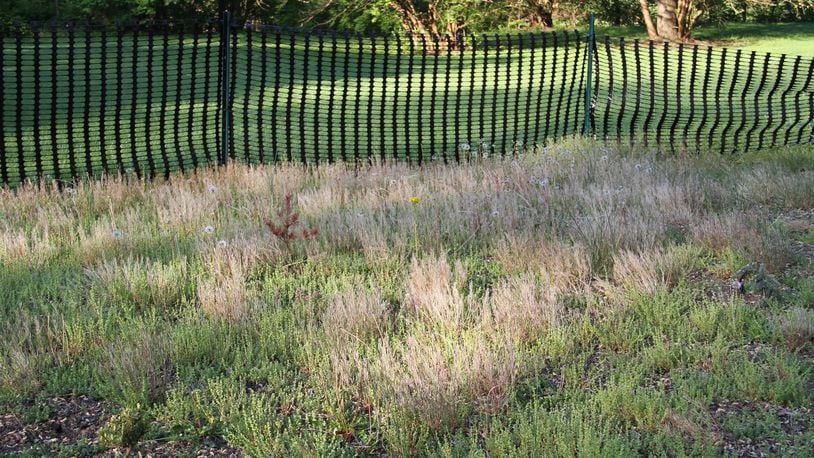What’s my message you ask? Don’t walk in your flower beds if they are wet.
If you are a gardener and we get a break in the weather this time of year, it’s really nice to get outside and do a little yard work (maybe those chores that you didn’t get finished with in the fall).
I was out last weekend and worked on some weeds in my flower bed, but I made sure that I stayed on the lawn and didn’t walk through my gardens unless I was on the stone path.
Monday I was out gathering winter annual weeds to use for a weed class at a Centerville garden club. I stayed out of the flower beds.
Walking in the flower beds (and the lawn for that matter) when the soil is wet simply compacts the soil through compression of the air pockets.
We work really hard to improve the structure of our soils through the addition of compost and other organic matter. Then we don’t think twice about weeding or working in the garden when soils are wet.
It’s a simple little tip, yet one that I haven’t mastered. I have to keep reminding myself, especially since I want to be out in the garden.
Speaking of weeds now is a really good time to pluck those winter annuals from the outside edges of the flower beds and the areas you can reach.
Winter annuals are almost everything you see in the flower and vegetable gardens that are nice and green. These are the plants that love cold weather.
The germinated in the late fall (December) and sit comfortably in the cold, even under snowfall and in freezing temperatures.
Then, in March and April, when weather warms a bit, they take off like gangbusters and grow like crazy, bloom and go to seed.
Winter annual weeds can’t tolerate hot weather so they complete their life cycle before it gets hot, spreading their seed for many generations to come.
I know that you are familiar with some of these and may have them in your own gardens. Two of the most common that we have seen around this area lately are hairy bittercress and cressleaf groundsel.
I bet you are familiar with hairy. It’s the one that when you touch the seed pods they fly up to 10 feet away. Cressleaf groundsel is the one that has the bright yellow blossoms on thick, succulent stems that are around 2 foot tall.
I suggest that you look them up online and familiarize yourself with what they look like now and when a nice day comes, pluck them from their comfortable beds and help yourself for years to come.
About the Author
